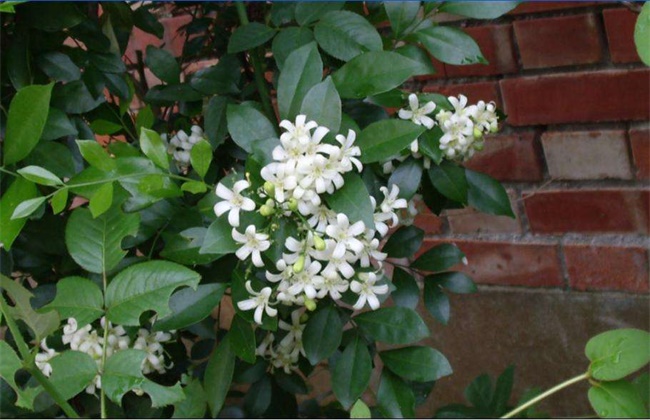Circular Production Technology of Edible Fungi
Recycling resources is the most important feature of edible mushroom industry. Edible fungi can decompose and transform agricultural and forestry by-products such as crop straw and mulberry branches into healthy food-bacterial protein, which is an important carrier for the development of agricultural circular economy and regional circulation. The circular production technology of edible fungi mainly includes two aspects: one is the carrier function of inter-industry circulation, which converts rice straw, cow dung, mulberry branches and other by-product resources produced during the development of wheat and rice, animal husbandry, fruit, sericulture and other by-products into edible fungus products. Second, from the point of view of further multi-level comprehensive utilization of mushroom bran or bacterial residue, after proper treatment, it can be used to produce edible fungi, and mushroom mud (waste after cultivation of mushrooms) and mushroom bran can also be returned to the field as organic fertilizer to develop high-efficiency cash crops such as asparagus and Dendrobium candidum, so as to reduce agricultural non-point source pollution and increase agricultural production efficiency.
Energy transfer patterns in the food chain. Including ① cow-mushroom-forage planting model. The circular ecological planting mode of cultivating mushrooms with cow dung, planting forage grass with mushroom waste, and raising dairy cows with forage grass. ② straw-mushroom-asparagus model. Rice straw is produced after rice planting, and then rice straw is used as raw material to produce mushrooms, and the waste (mushroom mud) after mushroom cultivation is used as organic fertilizer to grow asparagus. ③ sericulture-black fungus (or Lentinus edodes or Xiuzhen mushroom) model. The mulberry branches pruned after sericulture were crushed and used to cultivate edible fungi such as Auricularia auricula and Xiuzhen mushrooms, and the chaff was returned to the field. ④ fruit branch (or grape branch)-black fungus (or Xiuzhen mushroom, Lentinus edodes) model. ⑤ cottonseed shell-Flammulina velutipes.
The innovation mode of time-space circulation farming system. ① mushroom rice rotation model. Rice-Lentinus edodes / black fungus / mushroom. Mushroom-rice rotation is a new ecologically efficient cultivation model, which can be divided into three modes: Lentinus edodes, black fungus, mushroom and rice rotation. The new rotation mode of edible fungi and rice has not only stabilized grain production, but also improved planting efficiency, and has become an efficient production mode in the main producing areas of edible fungi. ② bacteria intercropping model. Such as taro / soybean + bamboo shoot model. ③ Flammulina velutipes-Xiuzhen mushroom rotation mode. ④ high temperature mushroom / Agaricus bisporus model.
Multi-level utilization mode of resources. Mushroom bran is the culture material after the cultivation of edible fungi, which is rich in proteins, amino acids and trace elements, so it has high utilization value in agricultural production. Mushroom bran is widely used in secondary cultivation of edible fungi, as crop fertilizer, processed into livestock (pigs, cattle) poultry feed, production of biogas, raising insects (grubs) and fuel, etc., to achieve clean production, "zero emission". ① Flammulina velutipes-Flammulina velutipes. After the cultivation of Flammulina velutipes in factory, the second cultivation mode of Xiuzhen mushroom or Golden Flammulina velutipes or Pleurotus ostreatus. ② Pleurotus eryngii-Lentinus edodes. The mode of secondary cultivation of Lentinus edodes with mushroom bran after cultivation of Pleurotus eryngii. ③ mushroom-- Lentinus edodes. The mode of secondary cultivation of Lentinus edodes with mushroom bran and new materials after cultivation of Lentinus edodes. ④ Flammulina velutipes-cattle feed. ⑤ waste material was used as culture medium to cultivate Dendrobium candidum.
Related
- Fuxing push coffee new agricultural production and marketing class: lack of small-scale processing plants
- Jujube rice field leisure farm deep ploughing Yilan for five years to create a space for organic food and play
- Nongyu Farm-A trial of organic papaya for brave women with advanced technology
- Four points for attention in the prevention and control of diseases and insect pests of edible fungi
- How to add nutrient solution to Edible Fungi
- Is there any good way to control edible fungus mites?
- Open Inoculation Technology of Edible Fungi
- Is there any clever way to use fertilizer for edible fungus in winter?
- What agents are used to kill the pathogens of edible fungi in the mushroom shed?
- Rapid drying of Edible Fungi



